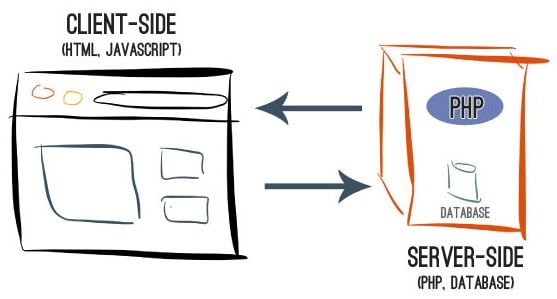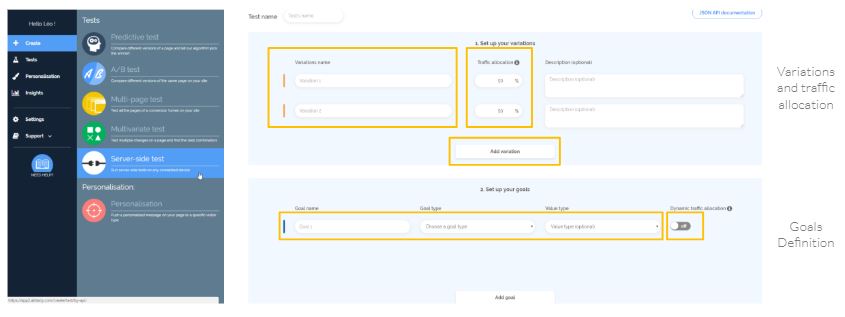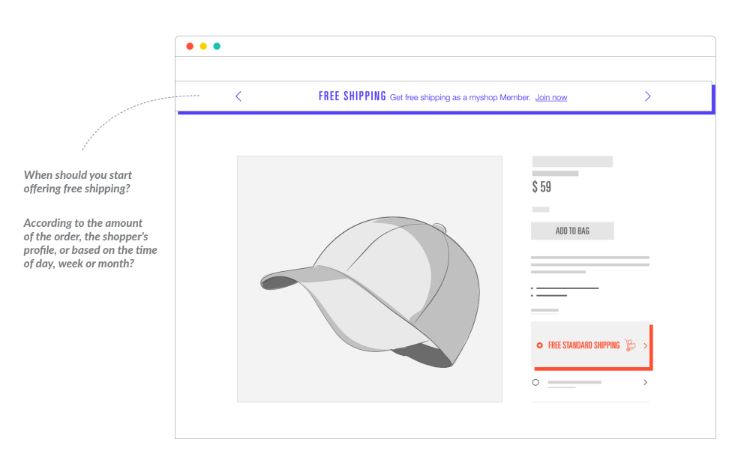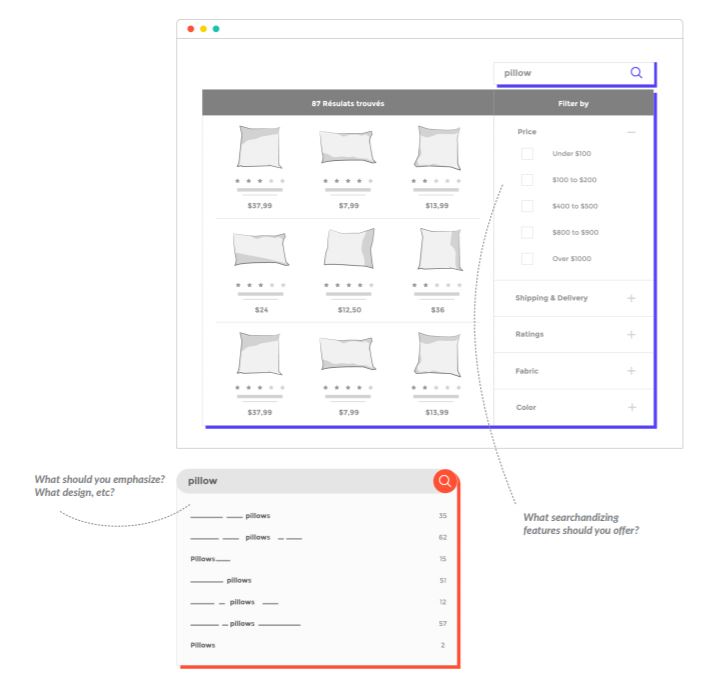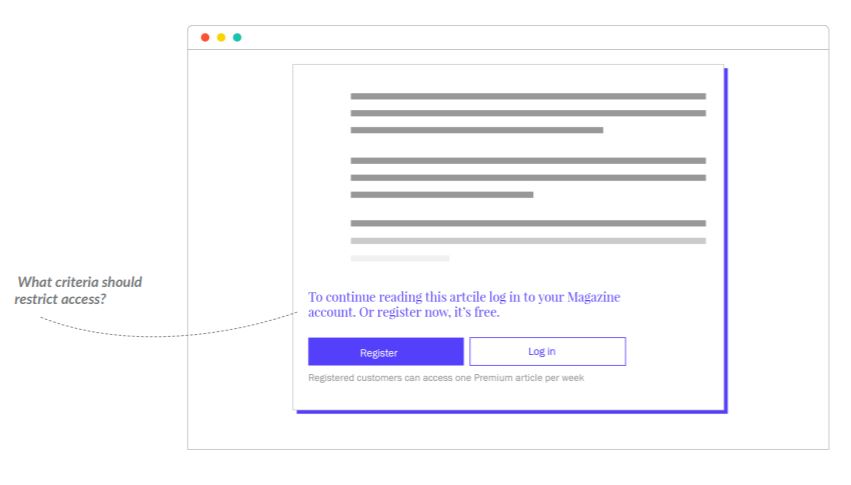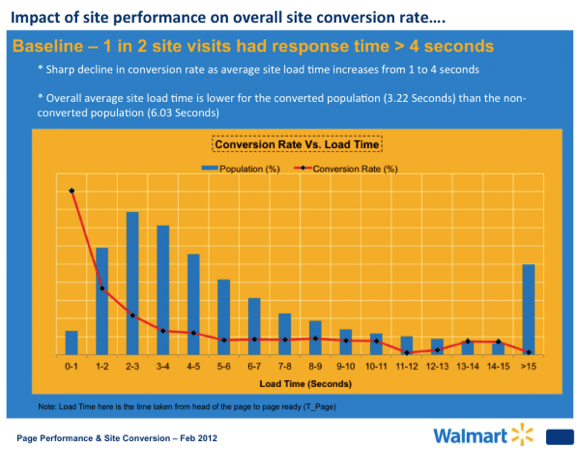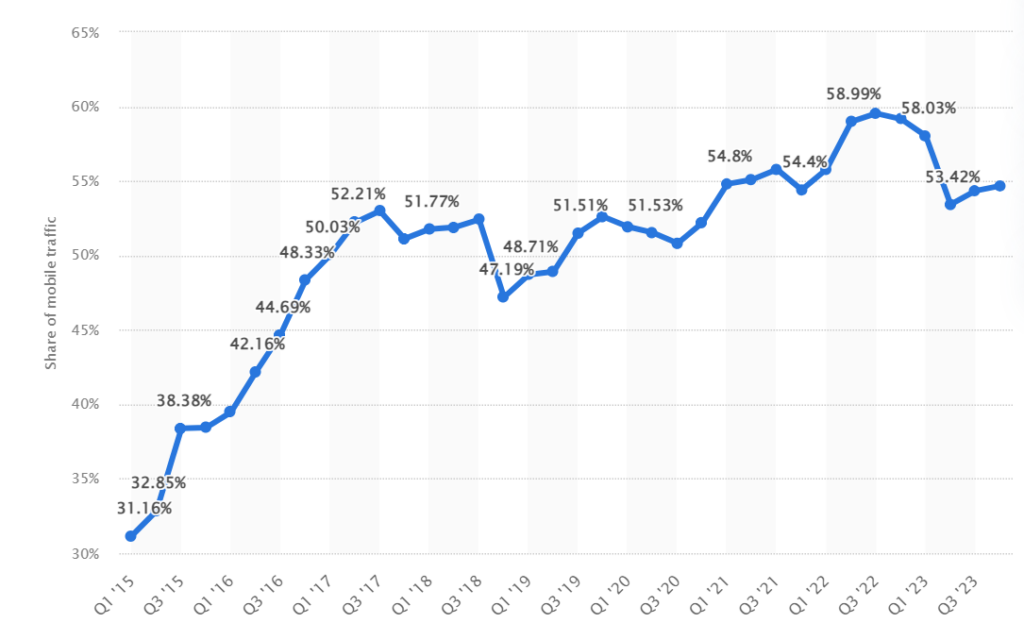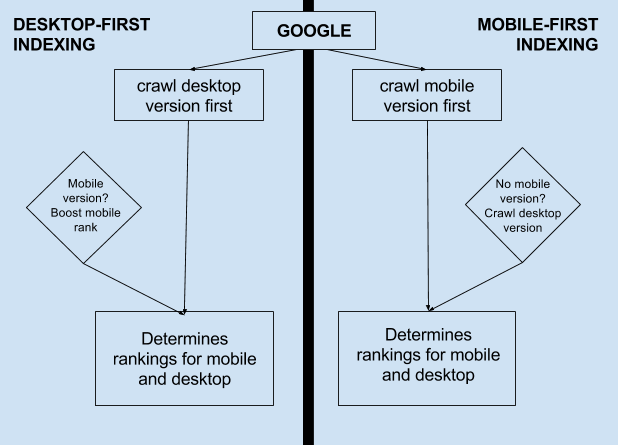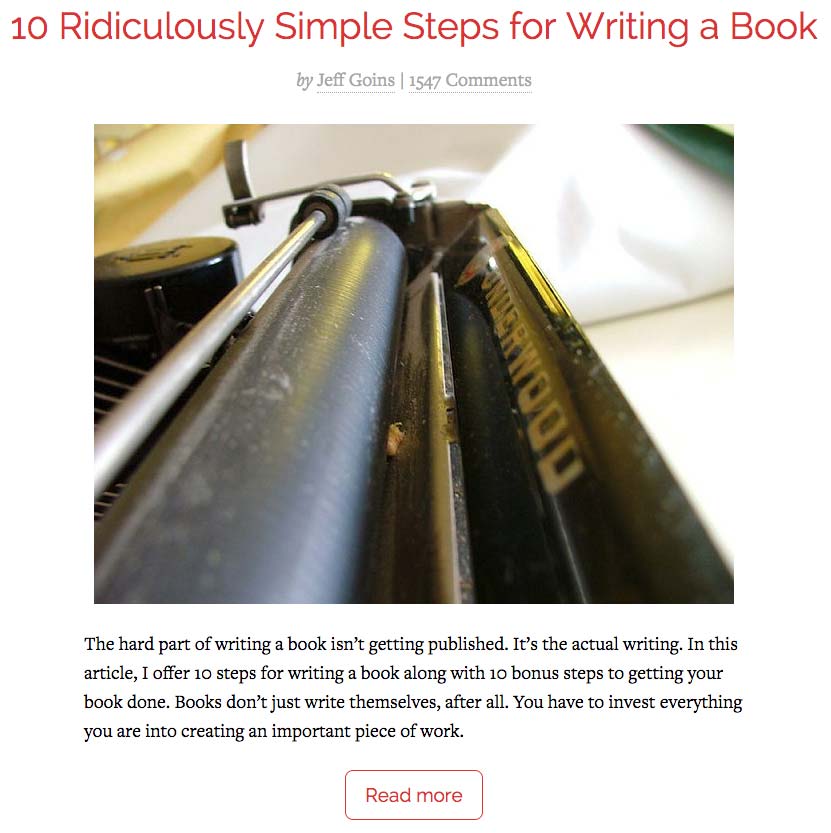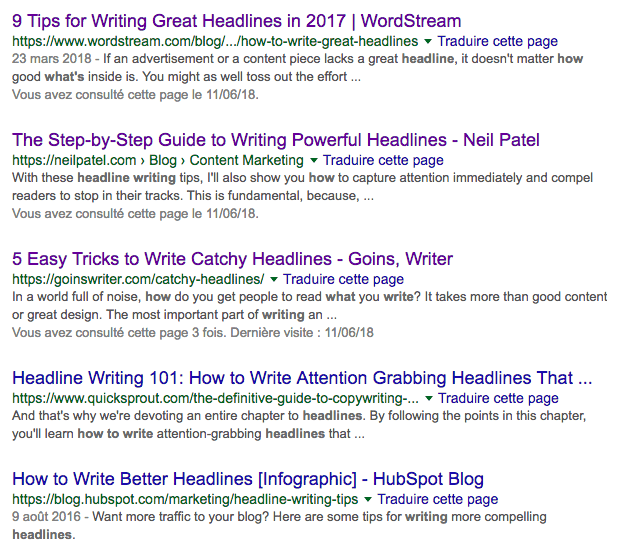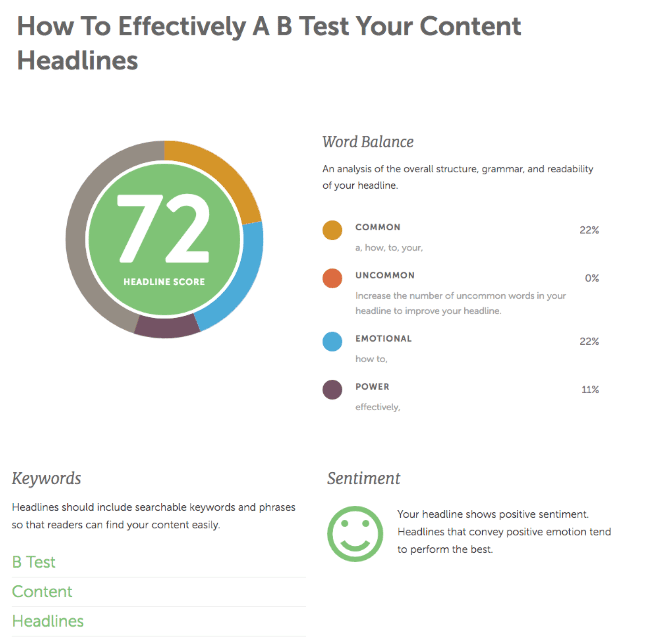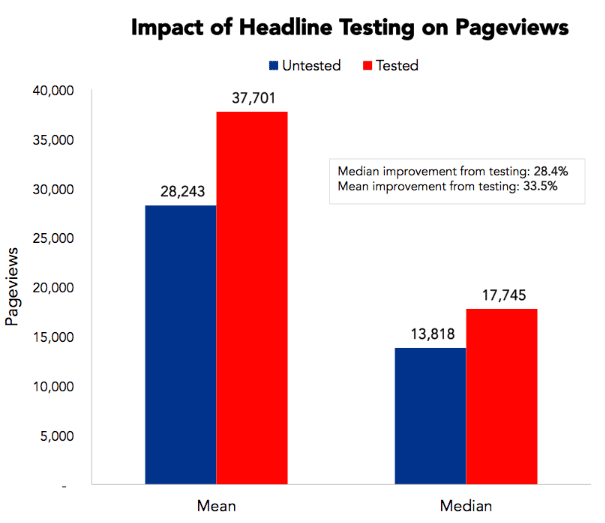Average basket size – or Average Order Value (AOV) – is a key performance indicator for any e-commerce site. Each time your buyers purchase something on your site, they spend a varying amount. The idea behind calculating AOV is to determine the average amount of an order made on your site.
Average Order Value is one of an e-commerce site’s most important KPIs. It can help determine ad spend, pricing policy and digital graphic design layout.
The AOV Formula
To calculate average order value, you divide revenue by number of orders.

When using this formula to better understand your business, keep in mind that the average basket size reflects revenues generated per order, not per client. This is a key distinction. Online orders don’t take into account all of your client’s habits. For that, we need to refer to Client Lifetime Value.
For example: just calculating average order value wouldn’t help you realize that 20% of your clients make a purchase at least once per month on your site. This kind of information could lead you to set up a campaign dedicated to loyal customers.
Even with these limitations, calculating Average Order Value does help you uncover certain trends in your buyers’ behavior.
Let’s imagine for a moment that you sell scented candles. You have four models that you sell at the following prices: $12, $15, $19, $25. Your revenues amount to $95,000, and you had 5,550 orders over the year.
You calculate your AOV and determine that it amounts to $17. You can then work out a few things:
- Your least expensive candles represent the majority of your sales
- Your clients don’t buy more than one candle at a time
Assuming that your most expensive candles bring in the most profit, you’ve just found an opportunity that you should act on quickly in order to focus on your most profitable products.
By increasing the average basket size, you increase your ROI and your margin: the higher your average basket size, the more profit you get out of each client.
Is Your AOV Too Low?
This is the nagging question for most e-commerce merchants, and maybe even the question you’ve been asking yourself since you started reading this article. In order to answer it, let’s have a look at the following graph:
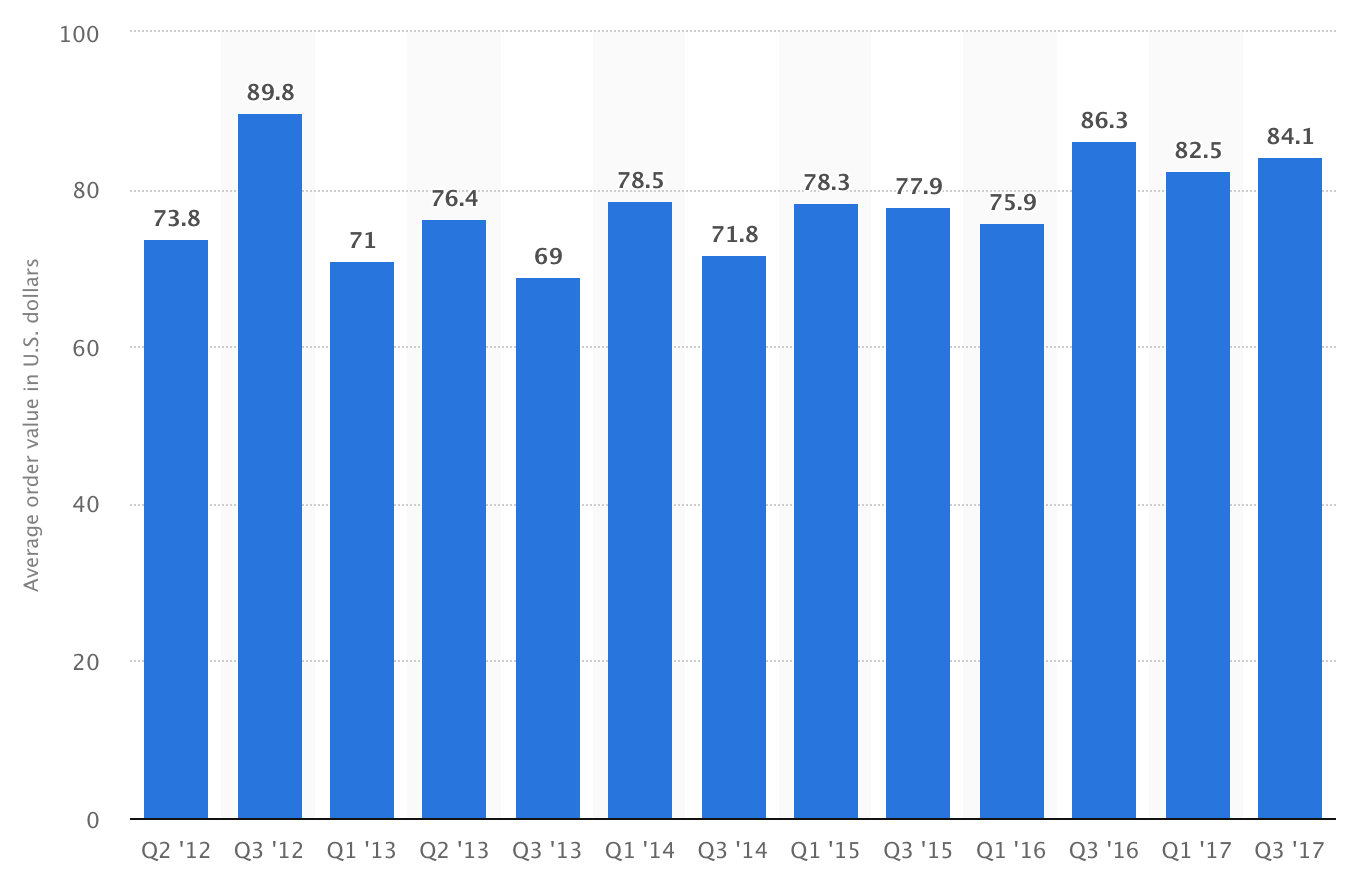 Average value of online shopping orders in the United States
Average value of online shopping orders in the United States
from 2nd quarter 2012 to 3rd quarter 2017 (in U.S. dollars) source: https://www.statista.com
The first thing to notice is that, for US e-commerce sites, AOV has been falling year after year. There are a few ways to explain this trend:
- Lower shipping costs have encouraged people to make multiple orders
- The e-commerce industry has reached maturity, increasing competition
- The rise of marketplaces over the last 10 years has pushed prices down
The second thing to notice is that AOV varies greatly according to industry.
These variations in AOV are the result of price differences for goods and services: it’s easy to see the difference in cost between a round trip plane ticket from Paris to New York and a t-shirt. It’s no wonder that this discrepancy is reflected in the average basket size.
How Can I (Easily) Increase My AOV?
There are a few different strategies for increasing Average Order Value.
The overall idea is to invite your website users to buy more, either by increasing the number of items they buy at a time or increasing the price of each item.
Whatever method you choose should fit with your industry and sales funnel.
The goal is to create a buyer journey that’s as natural and full of value as possible, all while encouraging website visitors to spend more.
Concretely, we would advise you to split your client base into three categories based on frequency (frequent or infrequent buyers) and value (big spenders or small spenders).
- High level
- Mid level
- Low level
With your client base organized like this, you can now run campaigns and take appropriate measures that are specific to each segment.
For example, for high-level clients, you could work on a loyalty program that rewards only the most frequent or high-budget buyers.
8 Tips for Increasing Your Average Order Value
- Upselling. The goal here is to encourage your visitors to purchase a more expensive but related product before checking out. To achieve this, you need to put in place visual cues to convince the user of the product’s superiority.
- Cross-selling. Cross-selling involves visitors adding products to their basket that are complementary with the original item. Once someone has added something to their basket, a good cross-selling strategy will make suggestions for products that go with the first: batteries for a remote control, light bulbs for a lamp…
- Packs. Creating packs of goods or services is a good way to boost AOV. Instead of selling multiple products separately, create packs that are appealing to clients: a 3-in-1 pack of candles that highlights 20% savings when compared to the price of one single candle, for example.
- Discounts. The idea is similar to creating packs, except the focus is on the same product. For example, you can offer a 30% discount when you buy 4 or more vanilla-scented candles. You’ve got a much better chance of having an AOV that’s higher than the value of a single item.
- Free shipping. By putting in place a free shipping policy above a certain amount, there’s a good chance your clients will fill up their basket enough to get the freebie. This is a common tactic among restaurants that deliver.
- Return policy. Even though returns are a real pain for e-commerce merchants, a forgiving return policy, at least for the priciest items, is a good way to reassure clients and boost sales. You increase your AOV in return for reassuring your customers.
- Coupons. The idea behind coupons is basically: “spend $70 now and save $5 with your next purchase.” The results are twofold: You incite visitors to buy now, and you increase your chances of a future purchase.
- Donations. By supporting a charity or non-profit, you can donate part of your profits to a cause close to your customers’ hearts. By setting a minimum order value that sets off the donation, you can also increase your lowest AOVs.
A/B Testing: Make Sure You Increase Your AOV
If there’s one problem always bothering e-commerce merchants, it’s the issue of quantifying changes made to their site.
Let’s imagine this: you change a few things on your website in the hope of increasing your average order value. You modify the ‘Add to Cart’ button and you introduce a new discounted product pack. After a month, you see that your AOV hasn’t changed.
Question: were the two changes ineffective, or did the negative effects of one cancel out the positive effects of the other?
That’s where A/B testing comes in (read our definition of A/B testing). By distinguishing the analysis of these two changes, you can precisely quantify the positive or negative impacts of changes made to your site. In sum: you can test the performance of each new modification you make, and only keep the best ones.

























